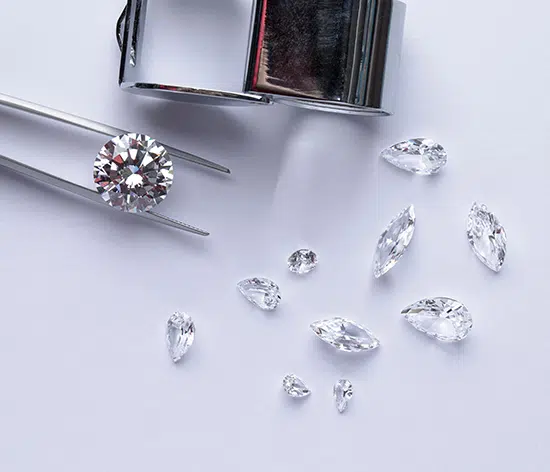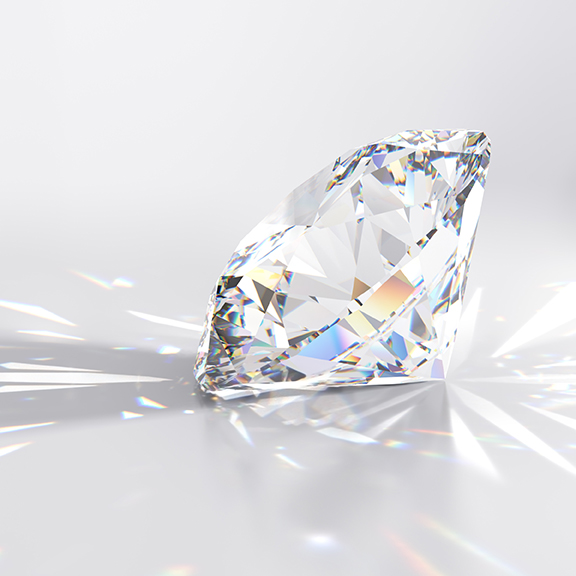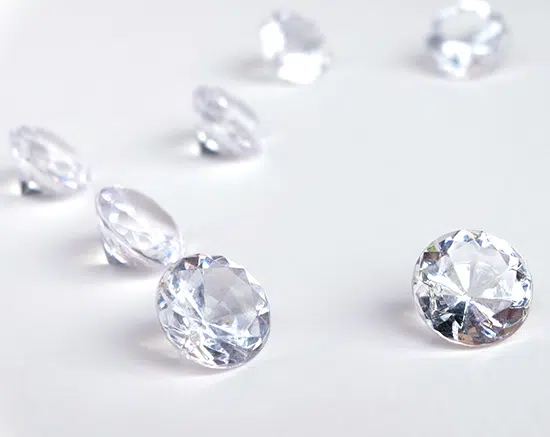NATURAL v LAB DIAMONDS
At Simply Diamonds we believe that both natural and lab-grown diamonds have their merits. Ultimately, the choice between natural and lab-grown diamonds lies in the hands of individual consumers. Some may be drawn to the mystique, rarity, and sentimental value of natural diamonds, appreciating their centuries-old legacy. Others may embrace the modernity, sustainability, and affordability of lab-grown diamonds, considering them a symbol of progress and conscious choices.
Here are a few things to consider when making your own decision.
The Formation Process
Natural Diamonds: Formed deep within the Earth over millions of years under immense heat and pressure, natural diamonds are the result of unique geological processes. They are mined from the Earth’s surface and are valued for their rarity and natural origins.
Lab-Grown Diamonds: Lab-grown diamonds are created in controlled laboratory environments through various processes such as high pressure, high temperature (HPHT) and chemical vapour deposition (CVD). These methods mimic the natural diamond formation process but in an accelerated timeframe. Lab-grown diamonds possess all the same physical, chemical, and optical properties as natural diamonds. Most people can not tell them apart from a natural diamond.
Physical and Chemical Properties
Both natural and lab-grown diamonds share very similar physical and chemical properties. They exhibit the same crystal structure, hardness (10 on the Mohs scale), refractive index, and dispersion. To the naked eye, it is virtually impossible to differentiate between the two types without specialised equipment.






